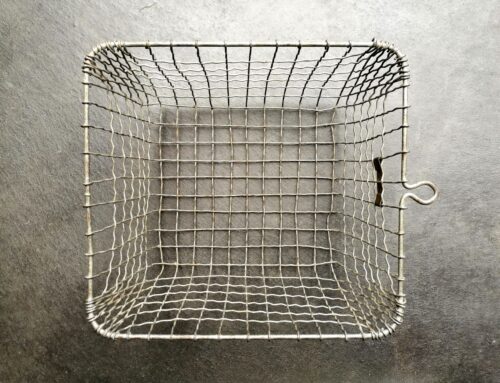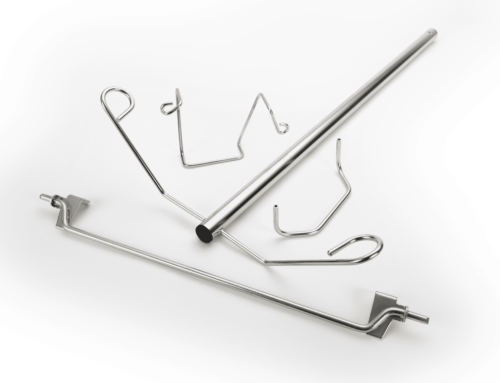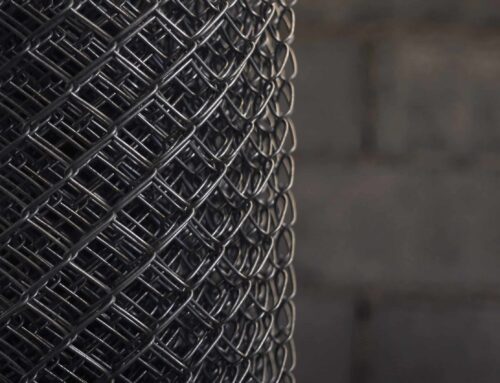Springs can be classified according to the type and nature of the force acting on the spring. These can be further categorized from their geometry, form, and construction. The most common form of spring is a helical spring which is made from a wire with a circular cross-section. Springs with special constructions exist for absorbing heavier loads or for fitting in mechanisms with small clearances.
- Helical Compression Springs: These are springs that are designed to deflect under compressive loads. They are the most commonly used and represent 80 to 90% of all springs manufactured. Compression springs geometries can be cylindrical, conical, convex, or concave.
- Cylindrical Springs: This is the most common type of spring. The pitch on these springs is equal. Since the pitch and coil diameters do not change along the length of the spring, the spring rate is constant.
- Conical Springs: The main characteristic of these springs is their nesting coils. The solid length of conical springs is designed to be equal to the diameter of one or two wires. They can be used for larger deflections than cylindrical springs. Also, they are more resistant to buckling and lateral forces. Because of the different coil diameters, the spring rate is not linear which is desired in dynamic applications. The coils with larger diameters tend to deflect faster. To make the spring rate linear, the pitch must be varying.
- Barrel (Convex) and Barbell/Hourglass (Concave) Springs: These are helical springs with double cone geometries. They have the same advantages as that of conical springs.
- Variable Pitch, Cylindrical Spring: As the name suggests, these are cylindrical springs with varying pitch. This enables the spring to have a varying spring rate which is desirable for dynamic applications.
- Helical Tension Springs: These are springs that operate with tensile loads. The free length of tension springs is almost equal to the solid length to allow more deflection when stretched. The design of tension springs is the same as compression springs but with more emphasis on the design of end hooks and the initial tension. Tension springs represent about 10% of all springs manufactured.
- Tension/Extension Springs: These springs are cylindrical in shape and have close spaces between coils. In this type of springs, the end hooks experience more stress than the coil which becomes the initial site for failure.
- Drawbar Springs: These are helical compression springs used in tension. This design is safer than helical tension springs since being in compression prevents the spring from deforming excessively. This also protects the spring from permanent deformation. The maximum deflection is the solid height.
- Helical Torsion Springs: This spring operates with an angular force or torque which is different from the previous two springs that deflect under linear, axial forces. Torsion springs are designed to wind up from the free position. This winding subjects the wire cross-section to bending, instead of the torsion models used in tension and compression springs.
CONTACT ACME WIRE PRODUCTS
Acme Wire Products has designed, recommended and manufactured custom wire components for customers in many diverse markets. We offer the benefit of our almost 50 years’ experience in the manufacture of component parts for hardware, medical & lab equipment, cable management, sporting goods, firearms, furniture, guarding, HVAC, pharmaceutical, automotive, optical and food service and processing industries.
Acme Wire’s designers work with our customers to create a wire component that will provide the greatest functional value. The design of wire products such as levers, handles, supports, rings, guards, baskets, trays, grids, frames, shelves are limited only by one’s imagination (and the limitations of technology).
Contact Acme Wire Products to assist you in determining the wire product best suited to your requirements!
Call Acme Wire Products at 1-800-723-7015 to get started.
Acme Wire Products Co., Inc. – Mystic, CT
Fax – 860-572-9456





